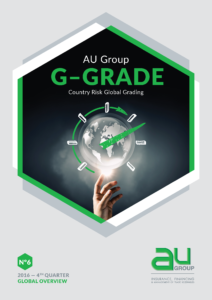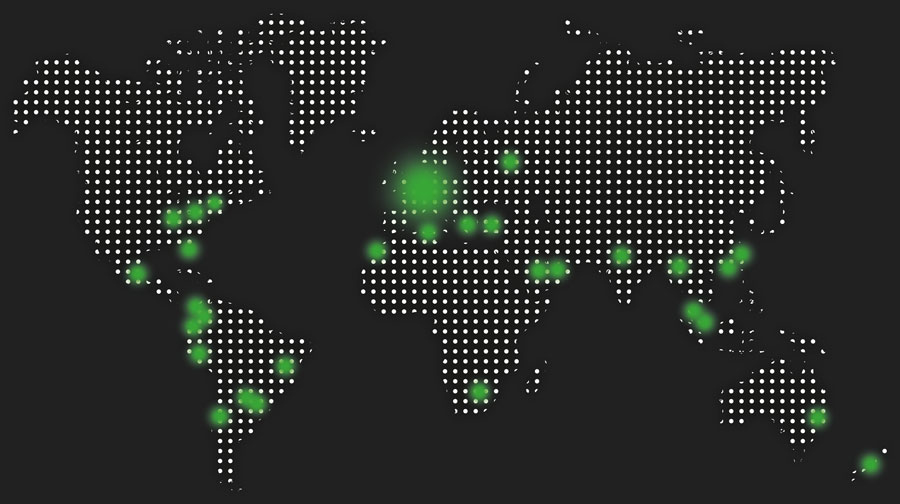
New trends in country risks: AU G-GRADE Q4 2016
9 countries have seen their country risk evolve significantly this quarter, among which we can point out some positive trends:
- Portugal: After evicting the Troika and returning to growth, the austerity measures have been fruitful and the battle for survival has been won. However, the war on long term success lingers on, as the slowdown in growth and international forecasters indicate some concerns about debt levels and the banking sector. (G-Grade increases from 4.5 to 3.75)
- Colombia: After having signed the peace deal with the Farc, the tourism sector is expected to grow significantly. However, economic performance is highly linked to hydrocarbon exports, and the weak price of hydrocarbons, which generates 1/3 of state revenues, impacts public investment. (G-Grade increases from 4.5 to 4)
The main negative trends are:
- Oman: The level of dependence to Oil and Gas prices leads the Sultanate to prioritise large public investment to counteract this shock. Despite these measures, public deficit has increased in 2016 (USD 9.1 bn on 2016 1st Half). In 2017, the economy will continue to weaken and growth will remain quite slow due to the drop in oil revenues (hydrocarbon = 35% of GDP). (G-Grade decreases from 3.75 to 4.50)
- Mongolia: In 2011, GDP growth reached 17%, whereas in 2015 it fell to 2.3% (and 0.5% is expected for 2016). The economic slowdown in China as well as a drop in commodity prices continues to hit the Mongolian economy which is very highly dependant on its giant neighbor (90% of Mongolia exports are going to China). (G-Grade decreases from 7.75 to 8.25)
- UK: We notice as well that despite the Brexit, the United Kingdom G-Grade has not been heavily downgraded (only 1.5 to 1.75) even taking in account the low growth expected (0.9% for 2017).

